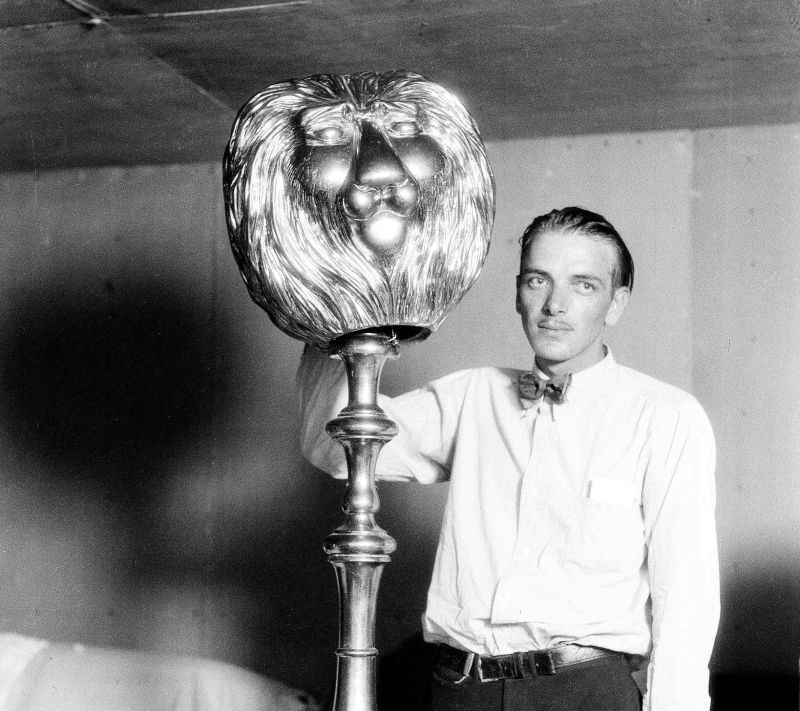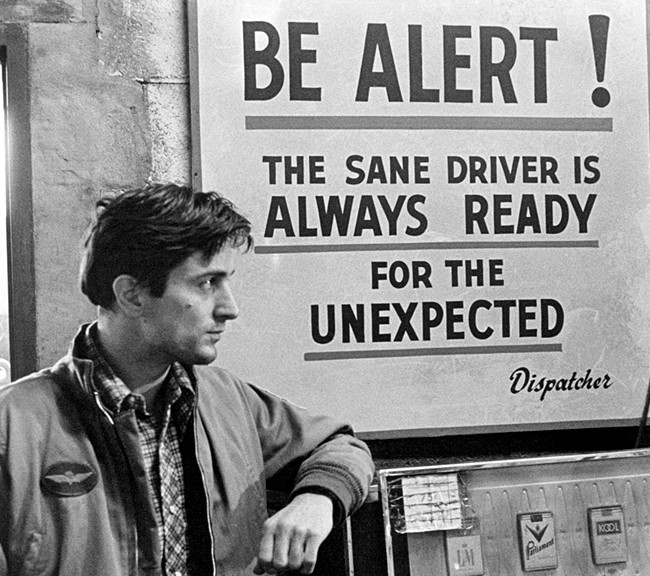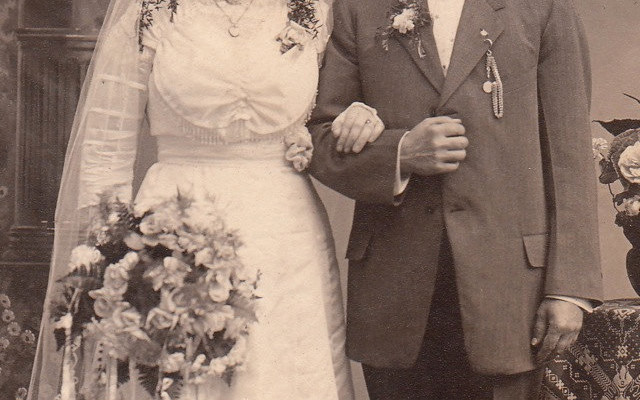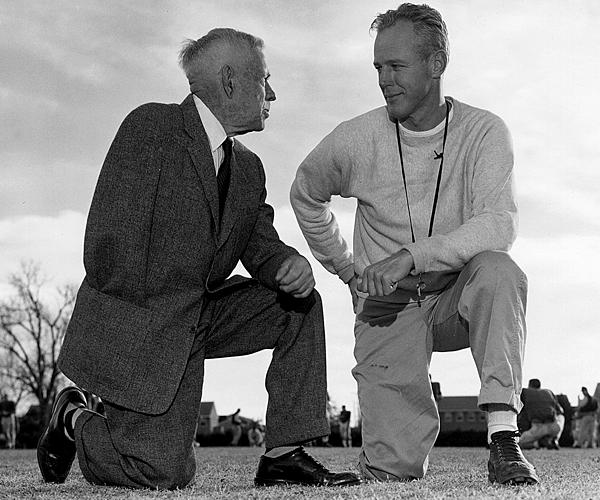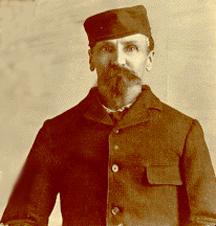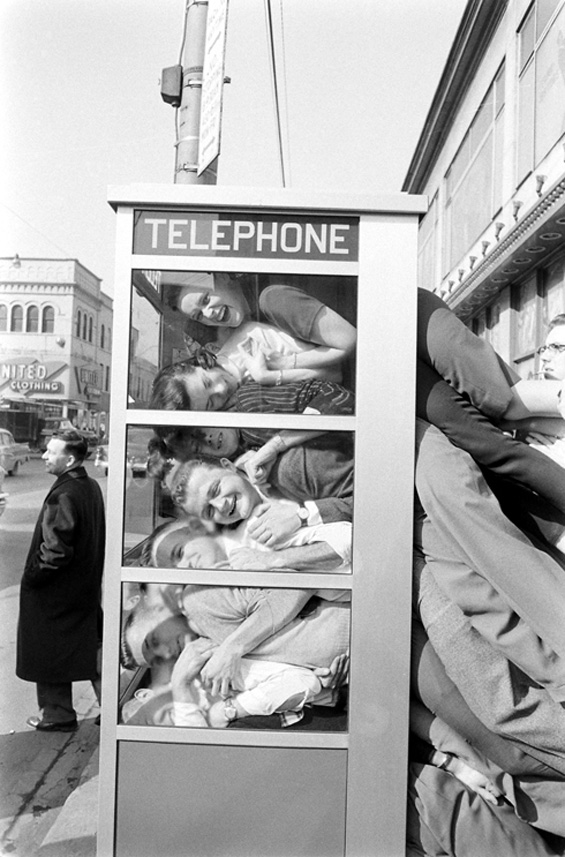Science writer Fred Hapgood dreamed big when Omni asked him, in 1990, to pen “No Assembly Required,” an article that predicted how insect-sized microorganisms would be serving our needs by 2029. None of his Venter-esque visions of designer bugs seem even remotely possible 13 years from now. They’re not theoretically impossible, but they’re likely to arrive tomorrow than tomorrow. Three excerpts follow, about futuristic dental care, housecleaning and home security.
Dental Microsnails That Brush Your Teeth for You While You Sleep
During the average lifetime a human spends a total of 40 days of his life brushing his teeth. (Sixty if he flosses.) Recent breakthroughs in microtractor technology, however, have now made it possible for us to offer our customers the dental microsnaii.
Just rub onto teeth before sleeping: During the night each microsnaii glued to a pair of traction balls, systematically explores the entire surface of the tooth on which it lands. As it moves, powered by the mouth’s own natural electrochemistry, it secretes minute quantities of bioengineered enzymes that detect and epoxy microcracks in enamel, remove plaque, and shred organic material caught between teeth. You awake to find your smile polished to a high gloss. Microsnails are small enough to be barely detectable by the tongue and harmless if swallowed. They vanish down the gut after they’ve finished their job.
For those interested in the latest in decorative dentistry, Microbots also makes an “artist microsnaii” that colors your incisors in the pattern of your choice, from a simple checkerboard to selected graphics based on works of Braque, Klee, Mondrian, and De Kooning. lmages fade after 24 hours.
Tiny Quicker Picker-Uppers
Let your fingers do the housecleaning. Order Micromaids from our catalog and put a thousand domestic servants in the palm of your hand.
Arrange “anthills” (small containers, each the size of a bagel) inconspicuously under chairs and behind furniture (autocamouflaging is standard with this year’s models). When the colony has detected no footfalls in that room for an hour, thousands of Micromaids, legged vehicles the size and shape of a clove, spread-out through the room. They locate loose grains of sand, grit, lint, skin, hair, and other debris, then carry the refuse back to the anthill. If the hill detects vibrations, it releases a high-pitched acoustic signal, summoning the Micromaids to return.
These home bases serve as tiny waste disposal plants. Each contains specialized microbots that process the trash. Some secrete enzymes and bacteria to break down and sanitize organic matter. Others use tiny pincers to crush and cut up larger items. The anthill then seals the garbage in a polymer bag, which it custom-produces to surround the excreted refuse. The Micromaids carry this package to a preprogrammed location, such as a chute leading to a trash compactor in the basement of your house.
RoboHornets: The Ultimate Weapon for Home Security
Let’s face it — as wonderful as the twenty-first century can be, home security is a growing challenge for all of us. Here’s how Microbots can help you deal with it: Whenever the nest detects a possible intruder entering a zone you have designated as “private,” a mosquito-size probe takes off and lands quietly on the person’s clothing and locates a flake of skin caught in the garment. An onboard DNA sampler then radios the raw biological data back to the nest, where a DNA fingerprinting lab performs an analysis and checks the results against a list of those individuals cleared for access to the area. If the person is unauthorized, the mosquito probe triggers a loud and explicit warning message from a rooftop speaker while summoning a cloud of other RoboHornets, each carrying a vicious-looking one-inch-long crimson-colored stinger. Any intruder continuing to ignore the warning message will receive a lesson in the sanctity of private property, the memory of which will linger for several months.•






